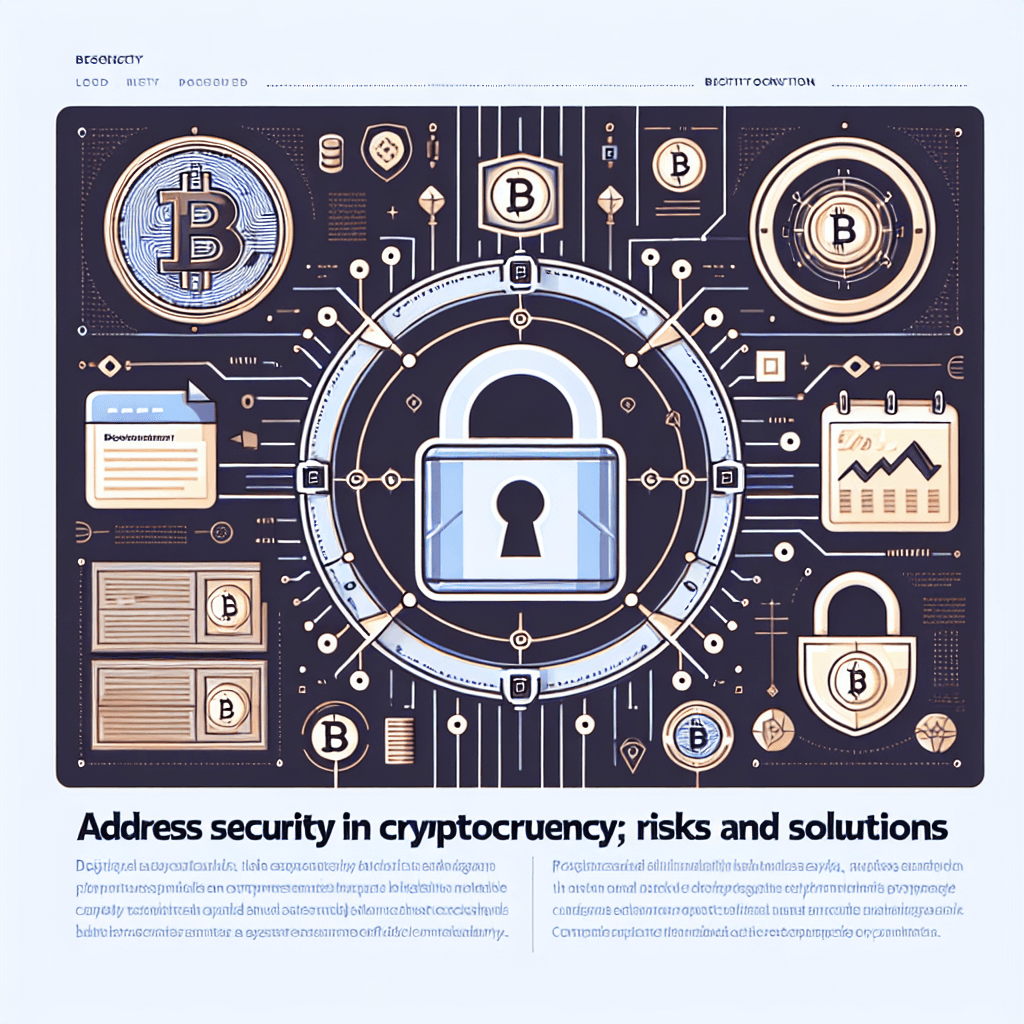Address Security in Cryptocurrency: Risks and Solutions


Address poisoning attacks represent a class of threats in which an adversary inserts, misdirects or manipulates cryptocurrency addresses to intercept or divert funds. These attacks leverage weaknesses in address discovery, transaction broadcasting and user interfaces to compromise asset integrity.
How Address Poisoning Works
- Address substitution: An attacker replaces a legitimate deposit address in a wallet or web interface with one they control.
- Clipboard hijacking: Malware monitors the system clipboard for blockchain address patterns (e.g., 0x… for Ethereum, 1… or bc1… for Bitcoin) and swaps the copied address with a malicious one.
- API endpoint tampering: Compromising third-party services or browser extensions that retrieve or display deposit addresses for exchanges or DeFi protocols.
Key Technical Vectors
- Pattern Recognition: Malware uses regular expressions to detect address formats. For example, a Bitcoin address validator checks for Base58Check compliance including version byte and checksum.
- Network Sniffing: When sending a transaction via HTTP RPC calls, man-in-the-middle attackers can intercept JSON-RPC requests and modify the to field client-side before it’s signed.
- Smart Contract Hijack: In DeFi, malicious contracts can mask legitimate addresses via proxy patterns or factory contracts, tricking users into approving token transfers.
Real-World Incidents and Expert Insights
“Address poisoning remains under-reported because many victims assume network congestion or user error,” says Dr. Mira Chen, blockchain security researcher at NovaChain Labs. “Robust monitoring of address whitelists and on-chain pattern analysis are essential to close this gap.”
In early 2024, a phishing campaign targeted users of a popular Ethereum wallet extension. Attackers injected a malformed JSON payload in the extension’s auto-update server, replacing user addresses with attacker addresses. Over $1.2 million was siphoned before the exploit was patched within hours.
Mitigation Strategies and Best Practices
- Address Whitelisting: Maintain a trusted list of recipient addresses. Use hardware wallets’ built-in display verification to confirm addresses match the whitelist before signing.
- Checksum Verification: Enable clients to verify Base58Check or Bech32 checksums. Reject addresses failing format or checksum rules.
- Multi-Factor Approval: For large transactions, require dual signatures or multisig wallets (e.g., 2-of-3 Gnosis Safe) so a single compromised key cannot authorize address swaps.
- Endpoint Hardening: Secure RPC endpoints over HTTPS/TLS and implement certificate pinning to prevent MITM modifications of transaction data.
Technical Breakdown of Address Poisoning Vectors
This section dives into reverse-engineering common clipboard hijackers and JSON-RPC interceptors. One popular malware, ClipSafe, inspects clipboard memory regions calling OpenClipboard on Windows or pbpaste on macOS, then uses regex such as /\b(0x[a-fA-F0-9]{40})\b/ to identify Ethereum addresses. Once detected, it replaces the match in memory before an application reads it.
Case Studies and Notable Incidents
- Phantom Wallet Extension (Q1 2024): A supply-chain attack in the extension’s auto-update manifest altered withdrawal addresses for Solana SPL tokens.
- Clipboard Hijacking Malware (2023): Distributed via pirated software, this malware netted around $3 million over six months by targeting Windows users holding Bitcoin and Litecoin.
Future Outlook and Evolving Threats
With the rise of account abstraction and meta-transactions on Ethereum, new address manipulation vectors are emerging. Flashbots bundles and private mempools could be abused to front-run or sandwich replace transactions with poisoned addresses. Ongoing research at Chainalysis and Elliptic aims to incorporate machine-learning models to detect anomalous address-to-address flows in real time.
As DeFi primitives evolve, developers must integrate secure UX patterns, on-chain whitelists and hardware-verified address displays to maintain user trust. Regular audits and bug bounty programs remain a cornerstone of resilience against address poisoning and other supply-chain threats.